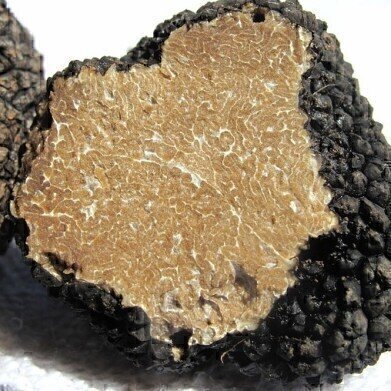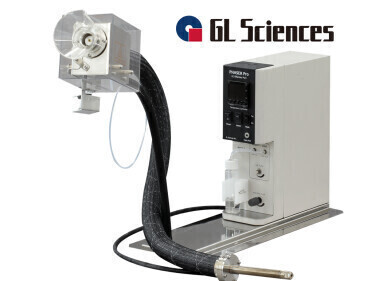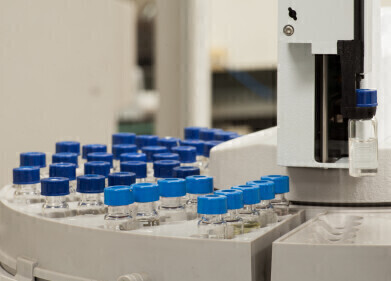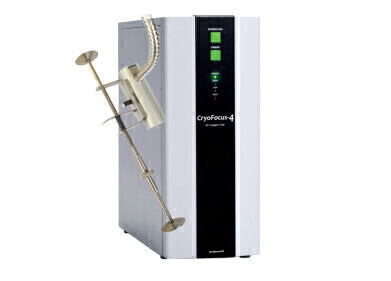GC, MDGC
Searching for Truffles — Chromatography Sniffs out the Real Deal
Jun 19 2018
Pound for pound, truffles are one of the most expensive foods you will find in the food marketplace. Their distinctive aroma means that they are used in many different recipes as a flavouring additive. The Alba white truffle — Tuber magnatum Pico — is one of the most valuable types of truffle.
As with many foods, the food adulterers are never far away when there is a quick buck to be made. Analytical chemistry is one of the approaches that food producers turn to when they need to combat food adulteration. A recent article in the journal Analytical Chemistry — Multidimensional Gas Chromatography Coupled to Combustion-Isotope Ratio Mass Spectrometry/Quadrupole MS with a Low-Bleed Ionic Liquid Secondary Column for the Authentication of Truffles and Products Containing Truffle — describes how chromatography can be used to combat truffle fraud.
Faking truffle aroma
One of the key compounds responsible for white truffle aroma has been identified as bis(methylthio)methane — also known as 2,4-Dithiapentane — which is an organosulfur compound. Synthetic bis(methylthio)methane is made in the lab and is even approved as a food additive by the World Health Organisation. Considering that it is used in recipes to replace one of the most expensive natural aromas — it starts off in rather less salubrious surroundings.
One of the methods used to synthesize bis(methylthio)methane starts with formaldehyde and has methyl mercaptan added in an acid catalysed reaction. Methyl mercaptan is the main aromatic compound in foot odour and bad breath. And while truffles make this compound with ease — food adulterers can buy it off the shelf and pass it off as the real thing.
Carbon isotopes and chromatography spot the fraud
As reported in the paper, it is difficult to pot the fakes using current methods — so the team from various Italian institutions decided to find a method that could spot the fakes from natural truffle aroma. The team used the differences in carbon isotope ratios in plant- and petroleum-based versions of bis(methylthio)methane.
Although gas chromatography with combustion isotope ratio mass spectrometry (GC-C-IRMS) has been used in many situations to detect carbon isotope differences, it is not used in all instances due to some difficulties. The team modified to technique, making a high efficiency HS-SPME MDGC-C-IRMS linked to quadrupole MS. The use of multidimensional GC is discussed in the article, New Investigator Tools for Finding Unique and Common Components in Multiple Samples with Comprehensive Two-Dimensional Chromatography.
Using the method that they developed, the team could discriminate between foods containing synthetic truffle aroma, natural truffle aroma and foods containing a mix of natural and synthetic truffle aromas. The method can also be used to spot the differences between truffles and other species of fungi. Another example of chromatography taking on food fraud.
Events
May 18 2025 Tempe. AZ, USA
May 21 2025 Birmingham, UK
Jun 01 2025 Baltimore, MD, USA
Jun 15 2025 Bruges, Belgium
Jul 14 2025 Kuala Lumpur, Malaylsia














